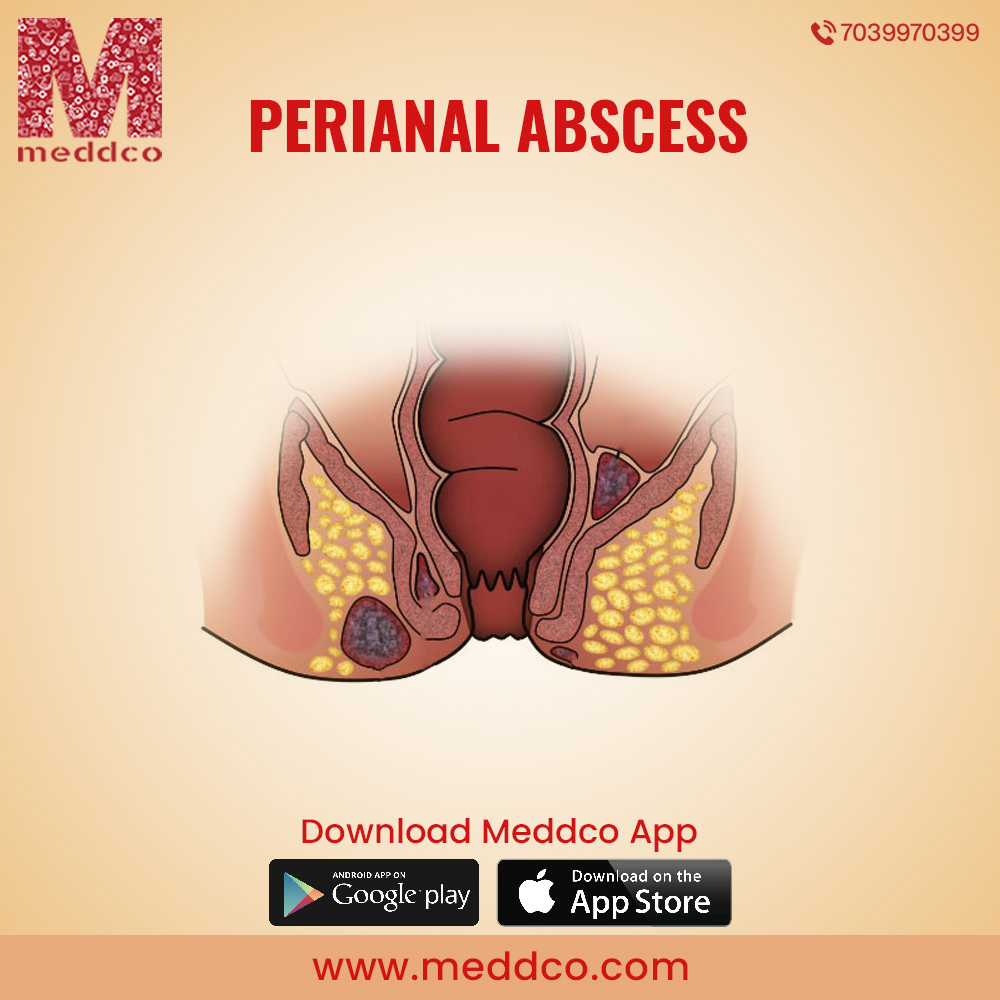

: Admin : 2021-11-29
A perianal abscess is a superficial infection that manifests up as a sensitive red lump beneath the skin near the anus. Bacteria get caught in the crypt glands that border the anal canal, causing infection. Bacteria and fluid (pus) accumulate and form a red and uncomfortable lump (similar to a "pimple"). This form of abscess is more common in male neonates under the age of a year. It may drain pus on its own before healing and disappearing.
How can you know whether you have a perianal or perirectal abscess?
Physical examination reveals a perianal abscess. There is no need for any more imaging studies. Babies are prone to becoming irritable and cranky. The abscess might be hard, red, and sensitive to touch. If the infection is not treated, it might spread locally to the back region.
Children with perirectal abscesses may look worse than usual, with fever and discomfort. The physical examination cannot pinpoint the site of the abscess and needs further X-ray testing, either a CT scan or an MRI of the pelvis.
What is the treatment for a perianal abscess/fistula?
Sitz baths or warm water soaks with each bowel movement, or at least 2-3 times a day, can sometimes be used to treat perianal abscess at home. The abscess might drain pus on its own and heal without the need for any treatment. Antibiotics are used to treat skin infection when it has spread locally to the surrounding buttock region. Furthermore, if an abscess does not drain on its own, the paediatric surgeon may need to drain it in the hospital. This may be all that is required to cure the abscess and repair the skin permanently. A perianal abscess may recur and need further warm water soaks or drainage. However, in most healthy newborns, the issue resolves itself by the age of one year.
For newborns who have repeated infections, a fistula may have developed, causing bacteria contamination and abscess formation. The possibility of fistulotomy will be discussed with your child's paediatric surgeon. This is a surgical procedure that is performed in the operating room while your kid is under general anaesthesia. The surgery is performed as an outpatient treatment, and your kid will be discharged the same day. During the procedure, the paediatric surgeon locates the hole in the anal canal that leads to the skin opening. The tube-like connection has been cut open. The incision formed during the fistulotomy is left open and not stitched up. In one to two weeks, this open wound will heal and seal on its own. Even if your child has bowel motions while the incision is healing, no infection will arise. Giving your child a warm bath after each bowel movement might help keep the region clean. This will clean and calm the affected region as it heals. Antibiotics are not required at this time. Prescription pain medication is usually necessary after this procedure.
perianal perianal abscess infection anus infection
No Comments